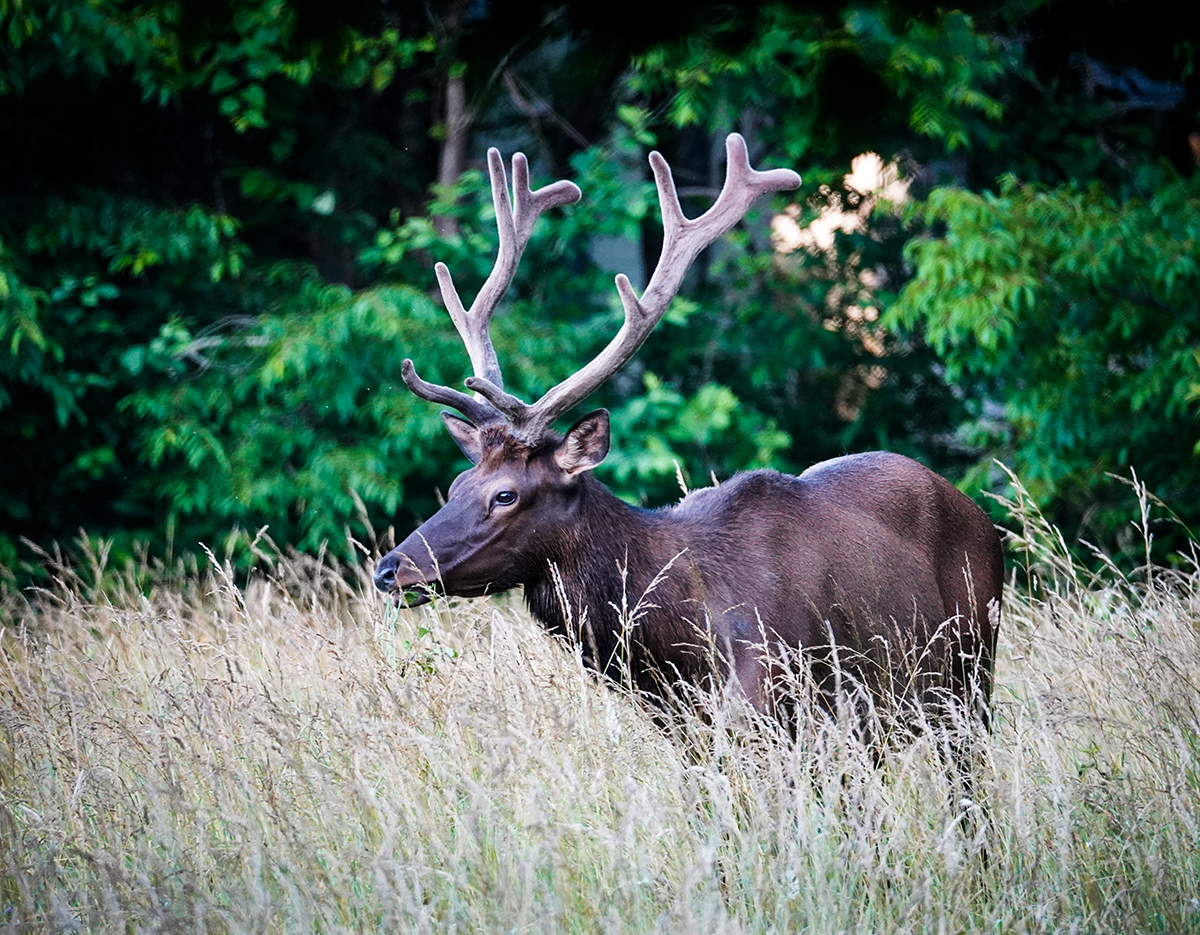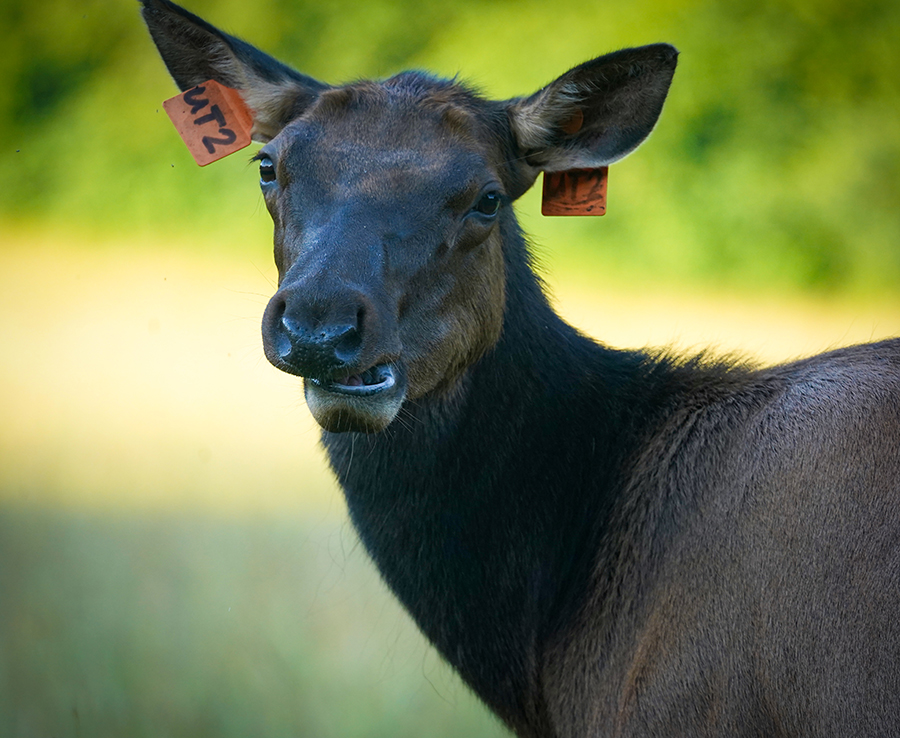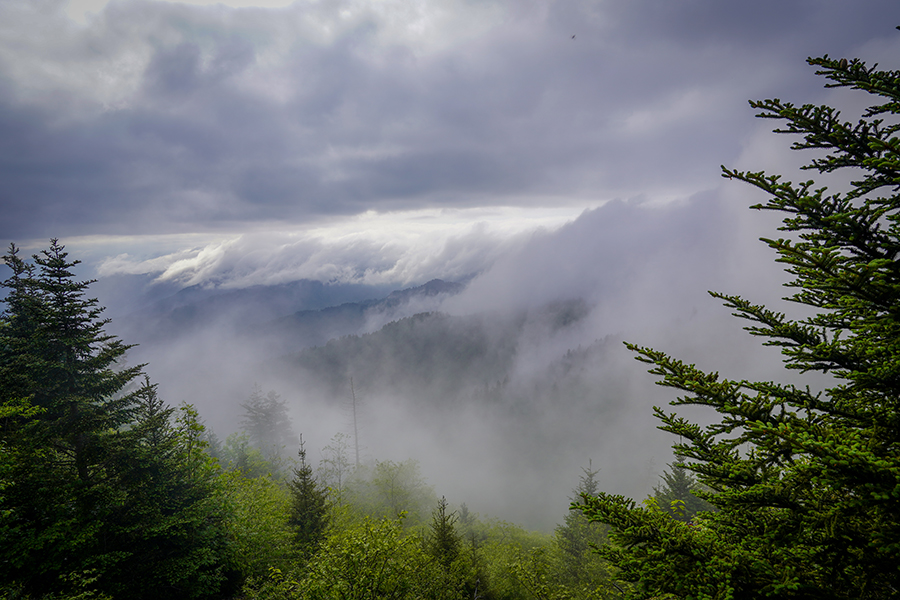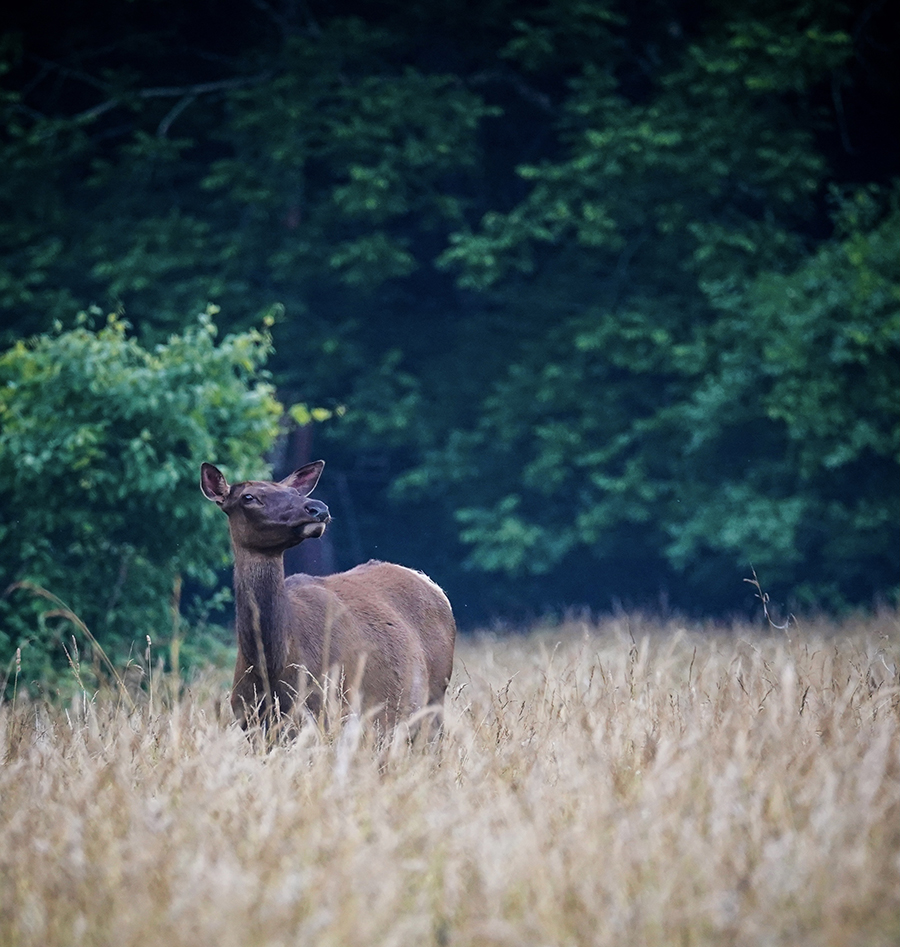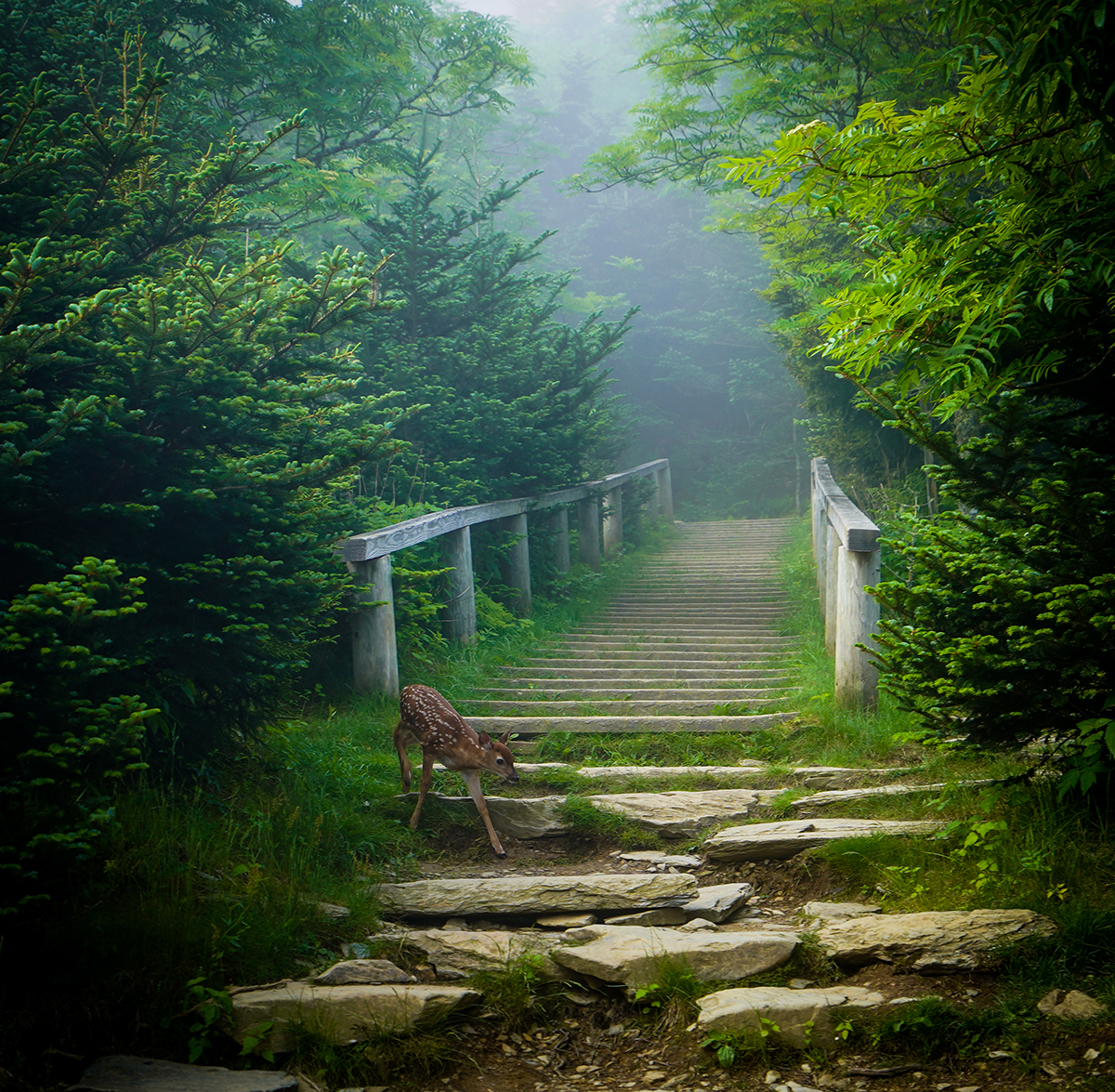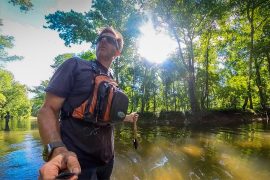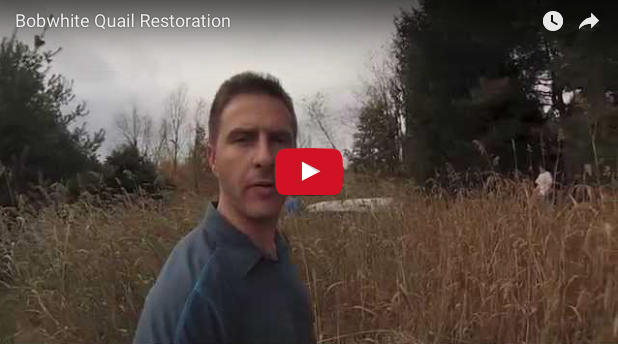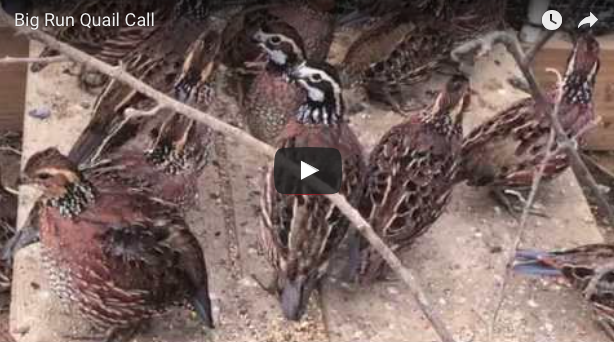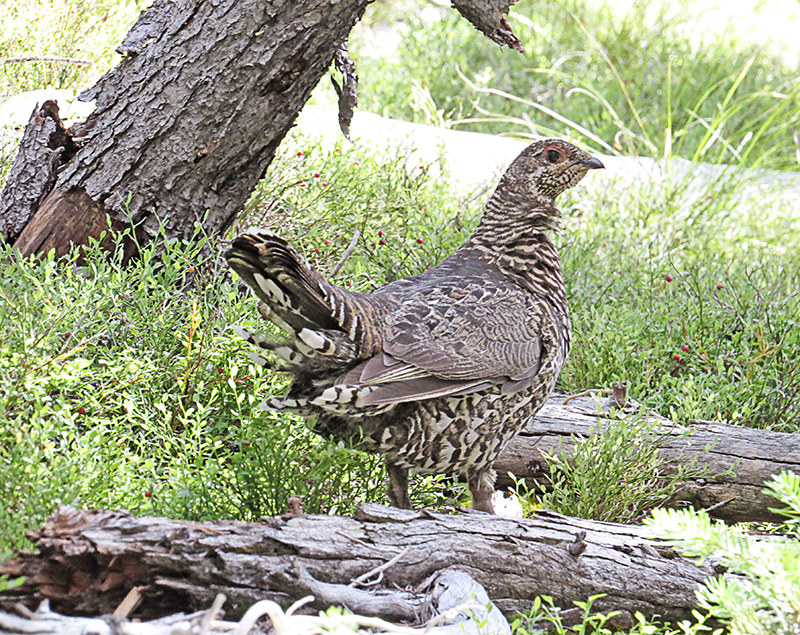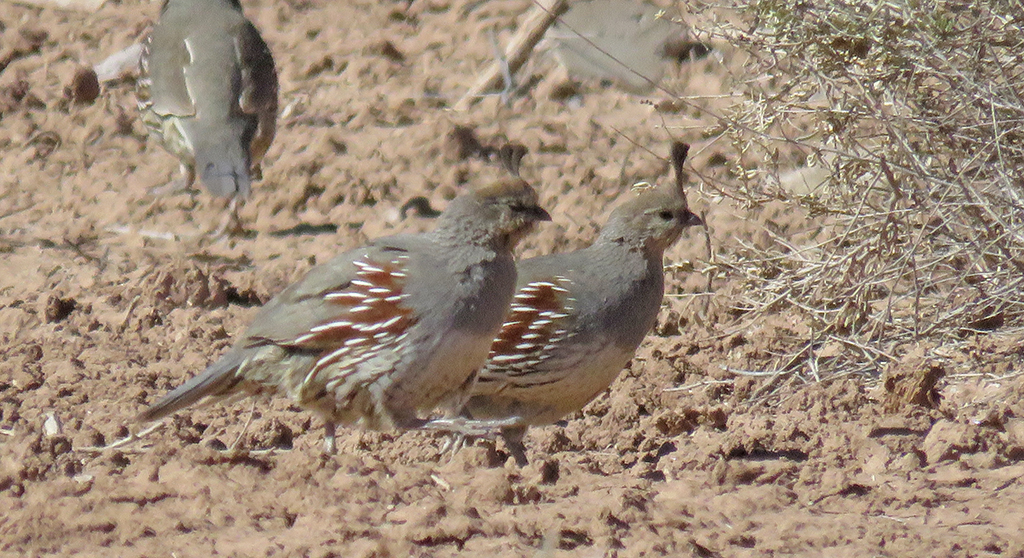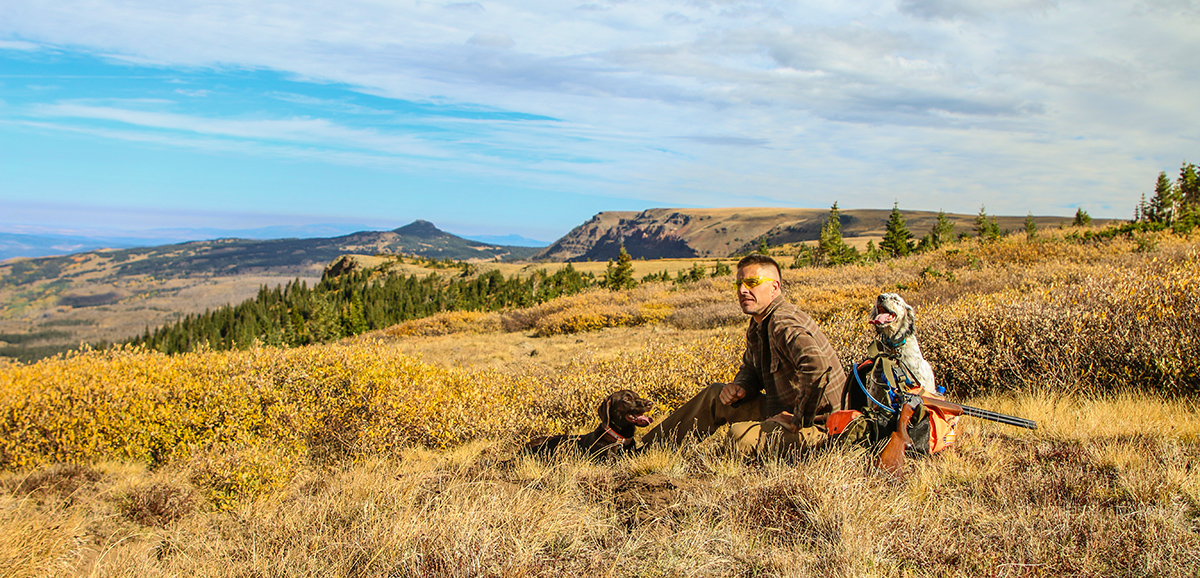A recent visit to Great Smoky Mountains National Park (GSMNP) revealed a truth in conservation for me. There were crowds of people clamoring for views of grazing wild elk. Though I’ve seen similar scenes in other western locations — Yellowstone, Rocky Mountain National Park — these elk were reintroduced to this region in 2001 by the National Park Service after being extirpated from the landscape two centuries ago. Now, they are one of the biggest draws for visitors. This level of excitement for a conservation success story offers a lesson.
There’s a healthy dose, some might argue overdose, of skepticism in today’s fake news, follow the science, social media disinformation environment. For every “fact” and opinion there is a polar opposite readily consumable in a different corner of the internet. Many have become so cynical to published information they only truly believe things seen with their own eyes.
This poses a real problem for conservation organizations that deal exclusively in data to quantify results. In upland bird conservation results are quantified by acres conserved, acres impacted, acres enrolled — numbers on paper in an annual report.
People lack interest in the minutiae of conservation — results on paper that don’t translate to the world around them. You can’t see acreage. Numbers on paper don’t demonstrate success for anyone outside the big business of conservation or government agencies. And many times the data agencies use to tout success doesn’t equate directly to the stated missions of conservation organizations and state agencies. Claiming successes while all upland game bird species are in decline undermines the credibility that is so difficult to garner nowadays.
What’s more exciting to see: a cow elk nursing a newborn calf OR an announcement that the Conservation Reserve Program (CRP) has enrolled 10,000 more acres in some state far, far away? Imaginations can be captured by that glimpse and interaction with elk, stories and photos shared and inspiration for conservation seeded. The CRP stats in a monotone spreadsheet barely register as a visual footnote by comparison.
People yearn to witness results. Massive elk multiplying and reclaiming their rightful place in mountains is something people crave.
How does this all relate to upland birds? It’s a challenge for people to care for what they can’t see. Though there are over 20 species of upland game birds in this country, most people probably can’t name more than two.
Even though oodles of acres are being “impacted”, the conservation battle for upland birds is being lost. Every species is in decline since the 1960’s. According to the North American Bird Conservation Initiative 15 native species of upland birds are of high conservation concern — at risk of becoming endangered species.
Flights of Prairie Chicken gliding across a setting sun have become a rare experience. And few people ever get to witness a string of young quail scamper single-file across a dirt road. The bulk of people’s experience with upland species is limited to a hunter showing a tailgate full of dead birds on Facebook or Instagram — which gives the wrong impression that upland birds are thriving.
Harping on conserving acreage — over and over — though honest, is causing people to lose interest. Because regardless the acreage conserved, it’s never enough and upland bird numbers continue to plummet.
What do we need to do differently? My trip to GSMNP convinced me that people need to be shown what they are missing. Show them results.
Conservation organizations and state game agencies should be releasing upland birds in landscapes where they cannot be hunted, but can be appreciated and enjoyed. The counter-argument to this has always been that the survival rate of pen-raised birds in the wild is not good. Also, pen-raised birds have less success nesting the following spring though most studies are light on data.
But think about this: there once was a time in this country when not a single pheasant existed. And now, pheasant inhabit every state.
We should be releasing pen-raised birds in landscapes that will accommodate potential propagation. Every National Wildlife Refuge, National Park and State Park with wild space should be raising native birds and turning them loose in droves. These releases should be events where the public can see upland birds disappear into habitat, where biologists can answer questions and engage the public with the story of upland bird struggles. Think of how much energy and engagement could be generated by school field trips that end with children opening the gates of flight pens.
Local business and industry could also be activated and engaged in the success of upland species by allowing them to sponsor the raising and releasing of birds which would minimize costs to wildlife agencies with strained budgets. It’s a positive corporate and community message, a feel good, underdog story that would be covered by media outlets and shared on social platforms. And every single bird released becomes a seed of hope for future potential.
Most of these birds will not see the end of their first year. In truth, even wild birds have mortality rates over 70% annually. But upland birds can be raised in ways that better prepare them for success in the wild. (See our Backyard Bird series where we released Bobwhite on a small scale that survived for 2.5 years after release).
Many states already release pen-raised birds in the fall to promote bird hunting in areas where wild populations have become unsustainable. But it seems that a broader success might come from doing this same type of release in places where hunting isn’t permitted.
Hunters share an intimate relationship with wild animals that most other people miss out on and cannot understand — 95% of Americans don’t hunt. It makes sense that if we want the vast majority of people to be invested in conservation and persistence of pressured wildlife, encounters are crucial. No one forgets the first time they stumble into a covey of quail and it erupts around them.

